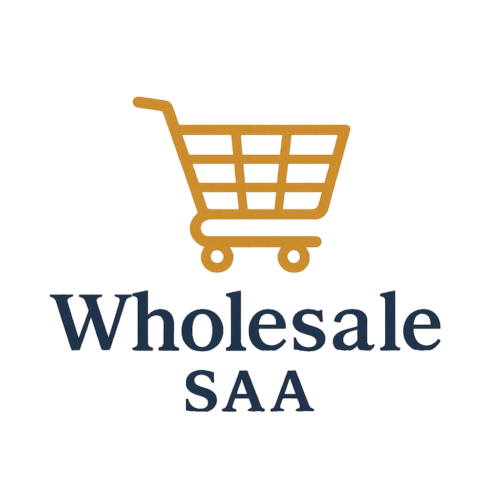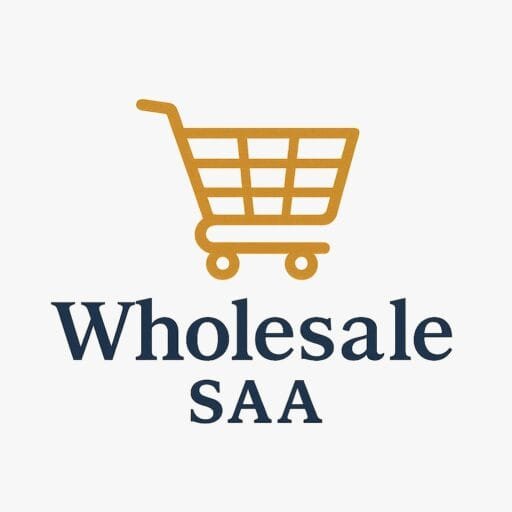Picture this.
You’re sipping coffee on a Monday morning, scrolling through your phone.
On one side of the internet, someone’s boasting about making $80K a month wholesaling pet supplies, no storefront, no hashtags, just bulk deals and repeat clients.
On the other side, a boutique candle brand just went viral for their aesthetic unboxing video, and now they’re backordered for three months.
Both are killing it.
Both business owners work hard. Both have their own strategies, customer types, and pricing models. Yet only one ends the quarter with a significantly higher profit margin.
But here’s the thing: they’re playing two very different games.
So if you’re dreaming about running your own business, one that pays the bills and lights you up inside, you’ve probably asked:
“Should I go wholesale or retail? Which actually makes more money?”
In this article, we’ll unpack both models, compare the critical factors that determine profitability, and explore which strategy might suit aspiring business owners best, especially in today’s fast-evolving economy.
The 30-Second Breakdown
Wholesale is like being the plug. You move big products fast, and don’t worry much about aesthetics or hashtags. You sell in bulk to other businesses.
Retail is more personal. You create a vibe, talk to customers, post on Instagram, package with love, and sell one product at a time, at a big markup.
Sounds simple? It isn’t until you realize how different the two paths feel when you’re the one walking them.
Retail: The Romance of the Brand
Retail is sexy. It is selling goods directly to the end consumer in small quantities. This includes everything from fashion boutiques and grocery stores to online Etsy shops.
Retail businesses often enjoy higher profit margins, marking up products anywhere from 30% to 300% depending on the industry.
As entrepreneur Marcus Lemonis puts it:
“Retail is sexy because it looks successful. Wholesale is quiet because it is.”
Wholesale: The Quiet Power Player
Wholesale isn’t flashy, but it’s smart money. It is the business of selling goods in large quantities, typically to retailers or institutional buyers, at a lower per-unit cost.
Think of companies that sell 500 boxes of granola bars to grocery stores or industrial bolts to hardware chains.
Instead of chasing 500 individual customers, you land five solid B2B buyers. You sell 500 units in a single order. No coupons. No cart abandonment. Just contracts and cash.
You sell at a lower markup, often around 10%–20%, but make up for it in volume. Orders tend to be larger, and transactions are fewer but more substantial.
What’s beautiful about wholesale is the stability. If you get into the right networks, retail chains, restaurants, and wellness stores, you can have income flowing for years.
You may never go viral. But you might build an empire behind the scenes.
“Retail builds buzz. Wholesale builds wealth.” — anonymous product manufacturer in Texas
Both models generate revenue through sales, but the way they structure pricing, manage inventory, and relate to customers differs dramatically.
Let’s Get Practical: The Money Math
● Retail Example:
Product cost: $10
You sell it for: $35
After ads, fees, packaging, You make ~$15
Sell 200 units/month = $3,000/month profit
But remember: You’re spending hours on social media, photoshoots, and customer service.
● Wholesale Example:
Product cost: $10
Sell in bulk for $15
Profit: $5/unit
Sell 1,000 units to one retailer = $5,000/month profit
Less glam. Fewer people. Bigger orders.
What You Gain, What You Give
| Retail | Wholesale | |
|---|---|---|
| Profit Margin | High | Lower per Unit |
| Volume | Slow growth unless you go viral | Large, repeat orders |
| Creative Control | Total — you build the brand | Buyer often controls presentation |
| Stress Level | Highly customer-facing everything | Lower once deals are in place |
| Startup Cost | Can start small | Usually requires more inventory |
| Scaling | Organic + ad-heavy | Contract-based, scalable |
The U.S. Factor: Culture, Convenience & Consumption
In America, retail feels bigger because we’re used to the consumer spotlight. TikTok brands blow up overnight. Influencers partner with startups. Unboxing is an aesthetic.
But here’s the secret: the backbone of U.S. commerce is wholesale. From food to fashion to furniture, wholesale moves the country. Retail sells the dream, but wholesale delivers the goods.
Which One’s More Lucrative?
Here’s the truth:
There is no clear winner, only what works for you.
Want to build something people talk about?
Go retail. Tell a story. Own the brand. Be seen.
Want something more stable and quietly powerful?
Go wholesale. Land deals. Fulfill orders. Grow silently.
You can even start in retail to build credibility, then step into wholesale when you’re ready to scale. That’s how brands like Glossier, Ritual, and Hero Cosmetics did it.
In retail, you are the brand.
In wholesale, your product is the brand.
“Retail teaches you who you are. Wholesale funds who you’ll become.”
Before You Choose, Ask Yourself This
Do I want to build a brand or move a product?
Am I energized by customers, or exhausted by them?
Do I want to chase trends or ride systems?
Can I afford to build slowly, or do I need bulk now?
No judgment either way. Just choose the race that fits your legs.
The Final Word: Your Business, Your Rules
You don’t have to follow anyone else’s blueprint.
You can start with Etsy, end with Walmart.
Begin selling wholesale soaps to hotels, then build a spa brand.
Mix both—retail online, wholesale to boutiques.
Whatever road you take, own it. Commit to it. Master it.
And remember: Success isn’t how it looks. It’s how it pays, and how it feels.





